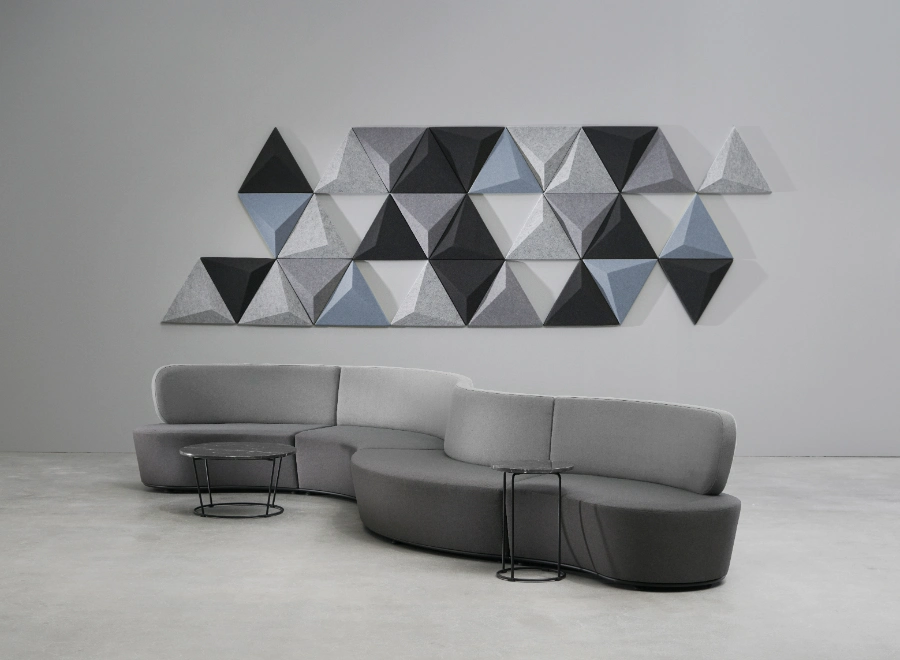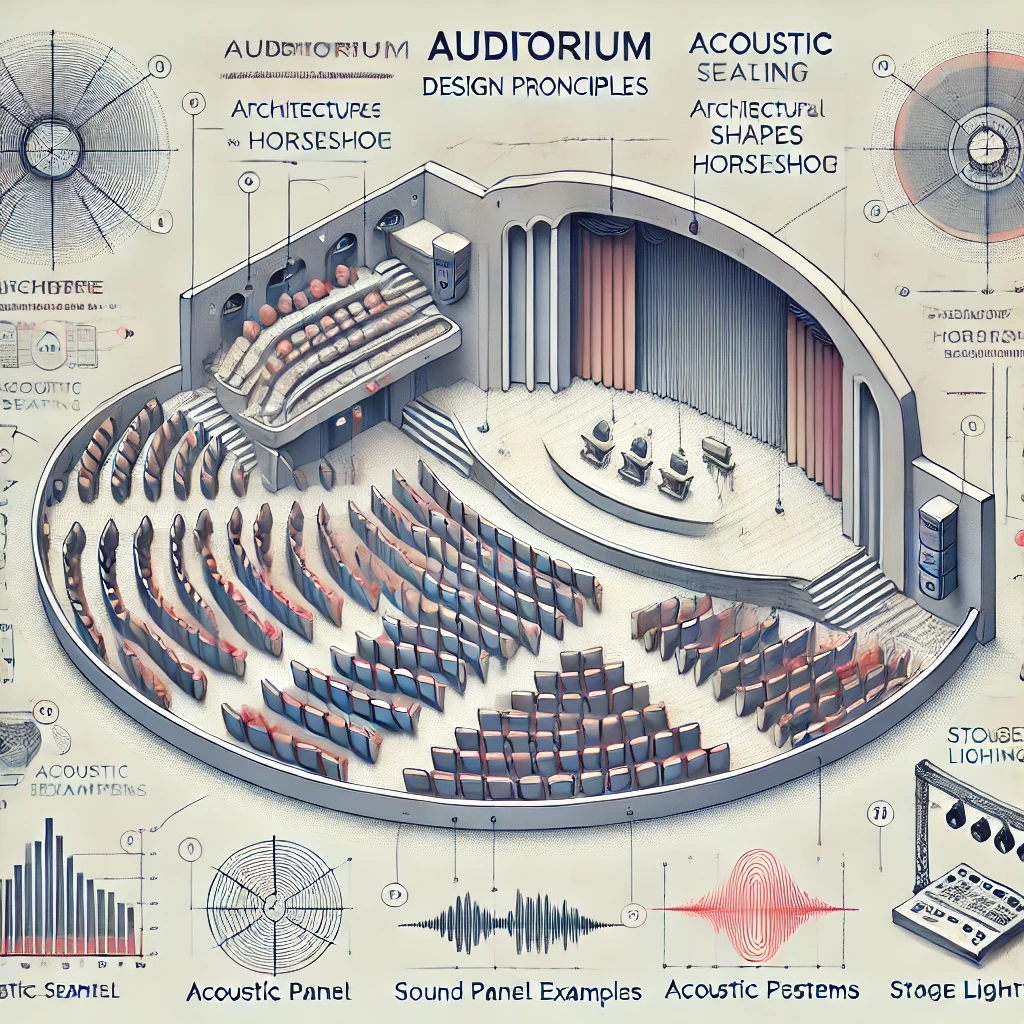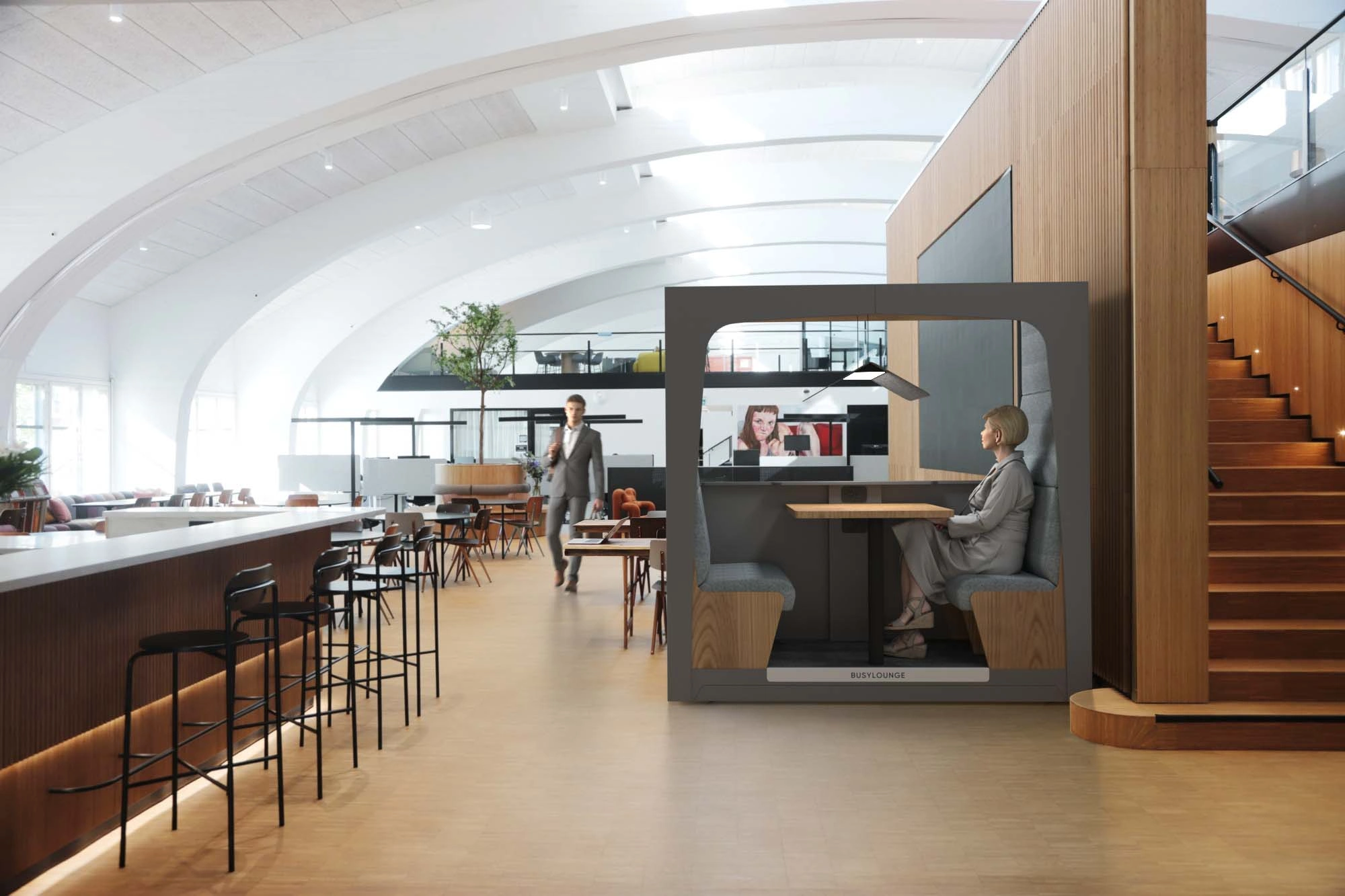Educational Environments
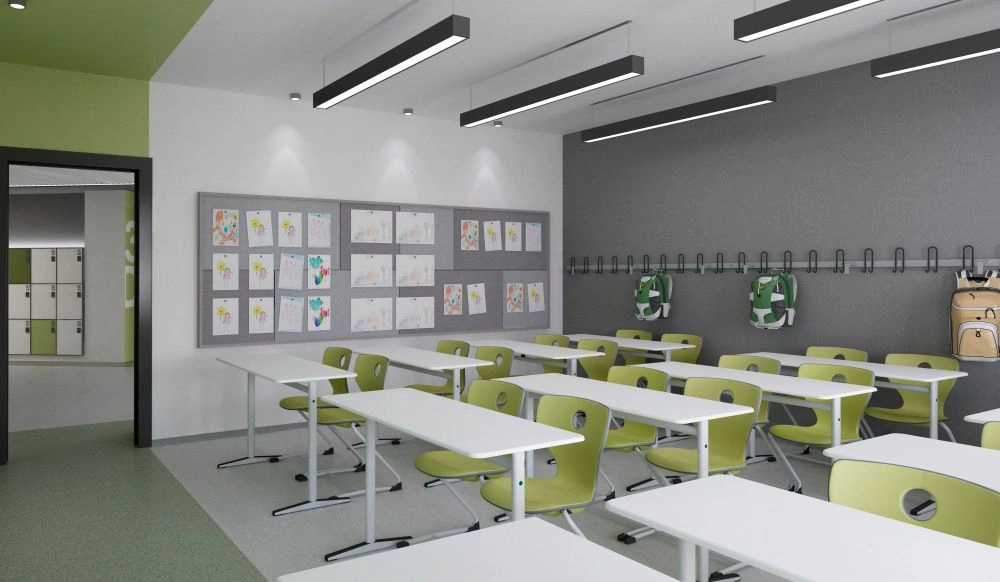
Spaces where learning finds its voice
Inspiring focus, clarity, and connection — educational spaces thrive when sound and design work in harmony. From classrooms to lecture halls, each environment is shaped to enhance communication, comfort, and the art of understanding.


Hidden performance space design failures
Performance environments conceal critical design vulnerabilities that compromise acoustic integrity. Each architectural decision carries profound consequences for audience experience and sound transmission.
Seating configuration disruptions
Improper seat placement creates destructive acoustic interference zones.
Acoustic energy misalignment
Unbalanced sound propagation undermines performance spatial dynamics.
Stage acoustic isolation failures
Inadequate stage acoustic boundaries leak performance sound integrity.
System integration breakdown
Disconnected technological systems fragment the holistic acoustic experience.
Acoustic performance strategies
Crafting intelligent solutions for complex spatial environments.
Strategic acoustic intervention for performance spaces
Targeted diagnostics to decode acoustic landscape challenges.
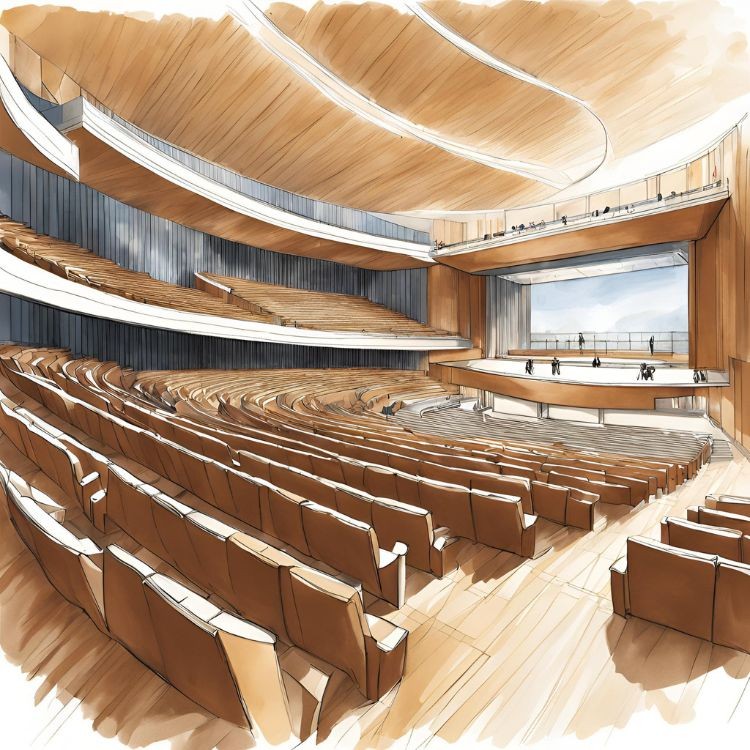
Adaptive acoustic environment transformation
Innovative techniques for recalibrating sound transmission dynamics.
Comprehensive acoustic performance integration
Seamless merging of architectural vision with acoustic engineering.
Architectural narratives of acoustic performance
Performance spaces breathe with silent intelligence. Each architectural element carries the potential to transform sound into pure emotional experience.
01
Spatial acoustic geometry
Architectural lines become invisible sound conductors. Precise spatial relationships create dynamic acoustic pathways that guide sonic energy.
02
Material acoustic interaction
Surfaces become living sound membranes. Materials engage with acoustic waves, creating nuanced spatial resonances.
03
Classrooms
Design transcends technical limitations. We craft environments where acoustic principles become a living, breathing language.
04
Libraries
Audience positioning transforms into a sophisticated sonic instrument. Each seat becomes a critical point in the acoustic landscape.
05
Food
Stage design emerges as a complex sound transmission platform. Acoustic boundaries dissolve into pure performative potential.
06
Technological acoustic synthesis
Technology merges seamlessly with architectural vision. We create intelligent environments where sound and space become a unified narrative.
Acoustic solutions for dynamic spaces
Engineered environments where innovation meets precise acoustic performance.
Acoustic collection for auditorium environments
Precision-engineered materials that enhance sound clarity and spatial dynamics.
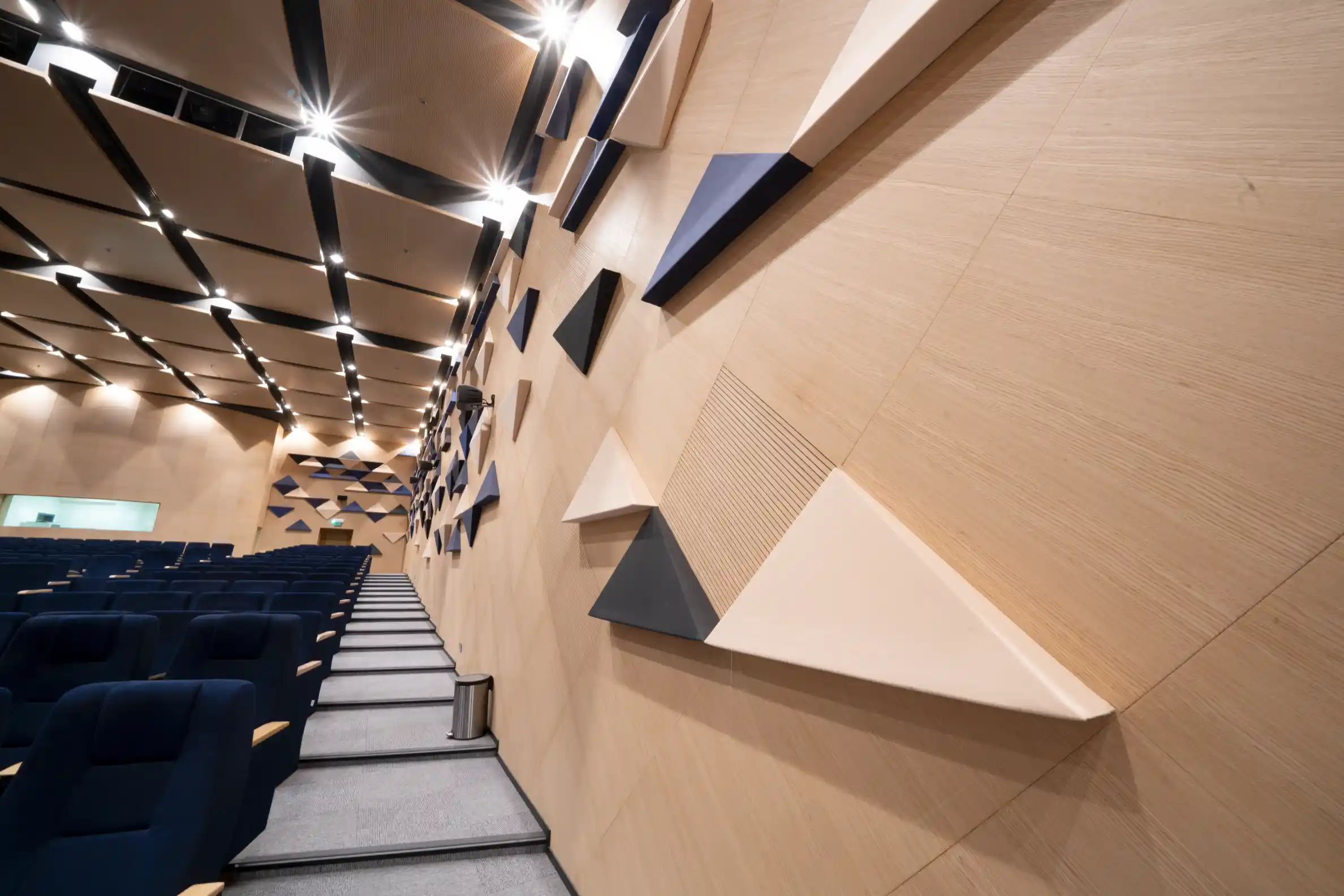
Ergonomic acoustic seating
Designed to optimize sound perception and audience comfort.
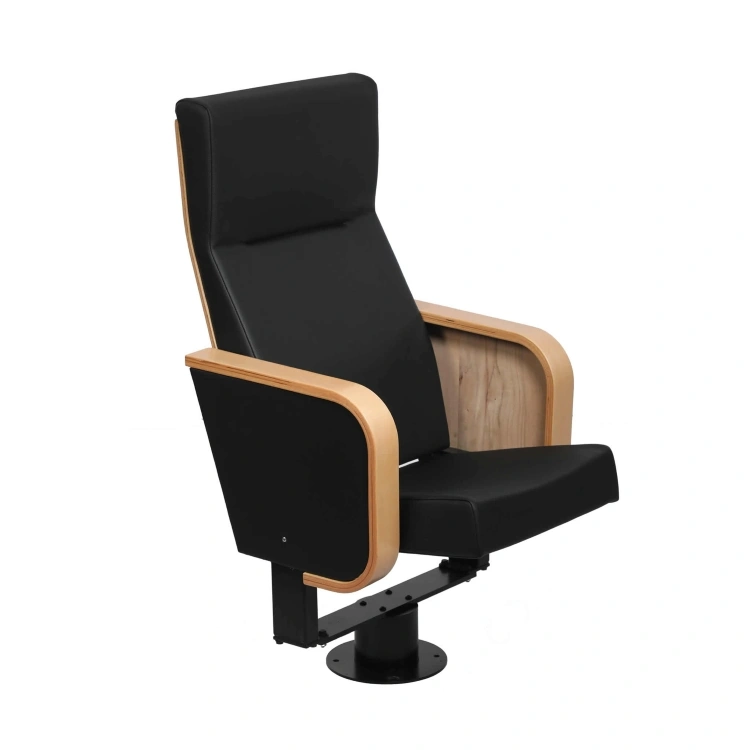
Stage integration technologies
Advanced audio solutions that seamlessly merge with architectural design.
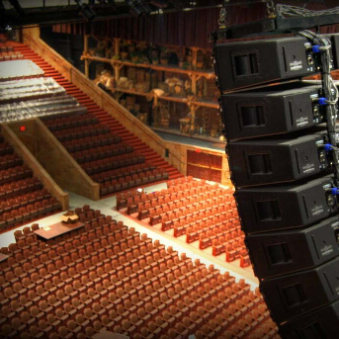
Ready to design your acoustic space?
Need a FREE acoustic review or professional advice? Schedule an online meeting or request a quotation below — our team will respond promptly.

Questions
Clarity on our acoustic design approach for auditoriums and conference spaces
Acoustic excellence is about capturing the subtle nuances of sound. We engineer spaces that transform acoustic waves into meaningful experiences, balancing technical precision with human perception.
We see spaces as living instruments. Our design integrates architectural form, sound engineering, and human interaction to create environments that breathe and communicate.
Absolutely. Acoustic design is more than sound absorption. It's about creating environments that enhance dialogue, inspire collaboration, and support human connection.
Acoustic design is a precise science and an art form. We blend advanced engineering with intuitive understanding of spatial dynamics to craft environments that feel both technical and organic.
We transform existing spaces through strategic acoustic interventions. Our approach considers architectural constraints, technological requirements, and the unique acoustic signature of each environment.





